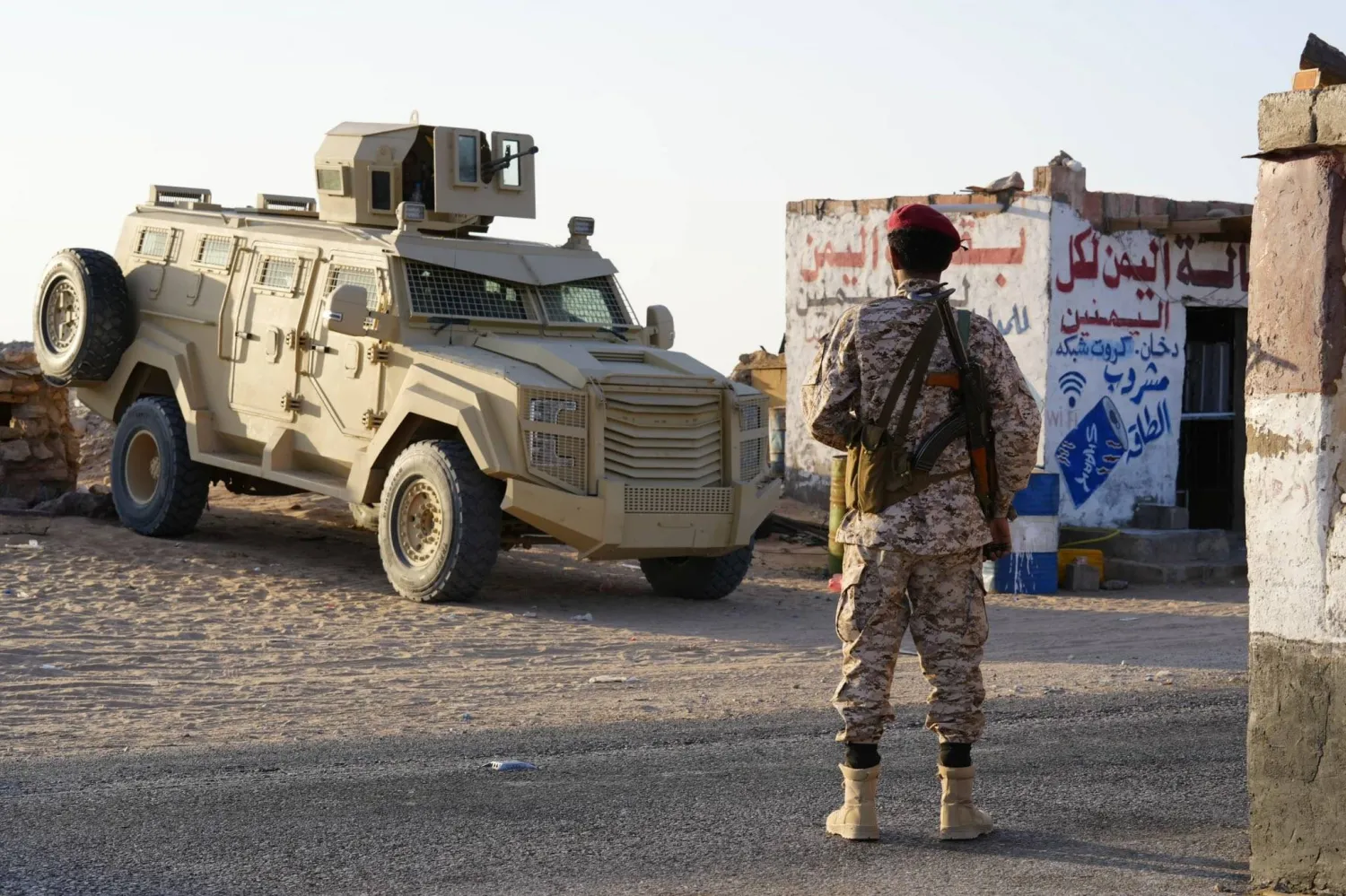Five months since the Iran-backed Houthi militias launched their first attack on commercial shipping in the Red Sea and Gulf of Aden, an international organization called for a renewed focus on humanitarian development and peace efforts in Yemen, where people continue to endure one of the worst landmine and unexploded ordnance (UXO) crises in the world.
The HALO Trust, a humanitarian mine clearance organization, said in a statement last week that during the 2022 ceasefire, there was a 160% increase in UXO and mine accidents as people tried to return to their homes in Taiz.
“It is imperative that we don't forget the ordinary Yemeni men, women, and children living day-to-day in severe humanitarian need, and the dangers posed by unexploded weapons near their homes and communities,” Matt Smith, head of Region for Middle East and North Africa.
He said most of HALO’s work in Yemen is in crowded and complex urban environments and close to active frontlines and former battlefields, meaning it requires different skills and greater community liaison compared with clearance in rural areas.
Since 2019, HALO Yemen has been clearing mines and other explosives in the frontline in Taiz, a city divided by battle lines between the north and south of the country for the last nine years.
“Despite airstrikes under 20km away, and daily exchanges of fire across frontlines in the city, our teams haven't stopped working in the last six months,” said Smith.
As the only international NGO doing this work in Taiz city, HALO teams have responded to more than 100 call-outs to remove or destroy various dangerous items and has cleared minefields with trained teams and armored machines, handing safe land back to communities that regularly experience fatal or life-changing accidents.
Daily threats
Smith said that in many places, explosives including mines, rockets, mortars, anti-aircraft rounds and IEDs are found among homes, clinics, schools, and other amenities.
“These pose a daily threat to Yemeni civilians, particularly children. Many children are injured while they play, or when collecting scrap metal to sell and help feed their families,” he noted.
So far, HALO demining teams have made two million square meters of land safe in Taiz and Aden - the equivalent of around 280 football pitches - so that people can go to work and markets safely, and children can walk to school and play outside without fear of losing a limb, or worse.
Smith said that during the 2022 ceasefire, there was a 160% increase in UXO and mine accidents as people tried to return to their homes in Taiz, illustrating that mine action activities will need to play an integral part in the peace process for peacebuilding efforts to be successful.
“Urban recovery and reconstruction will also be hampered if the amount of explosive ordnance present in urban areas across Yemen isn’t addressed,” he warned.
The Halo Trust also affirmed that clearance of landmines and explosives is needed on key roads along frontlines proposed for re-opening under a UN-brokered truce.
The organization said it works closely with the Office of the UN Special Envoy (OSESGY) and other actors to address the complex threat should parties reach an agreement.









